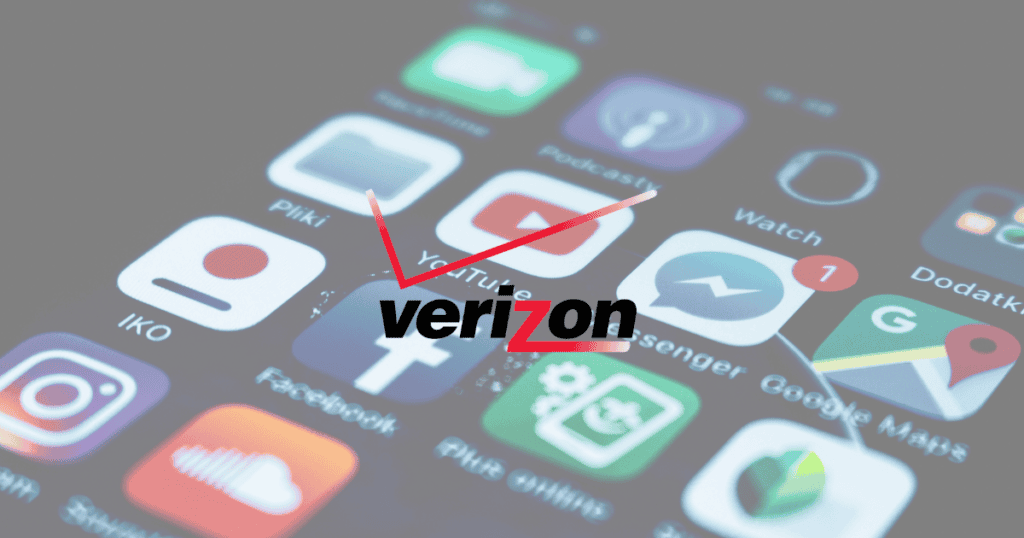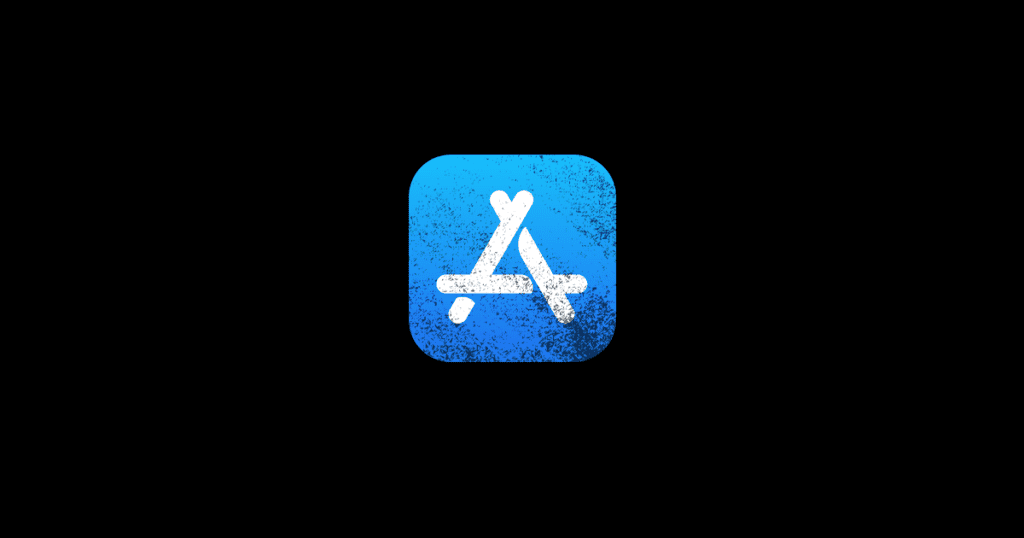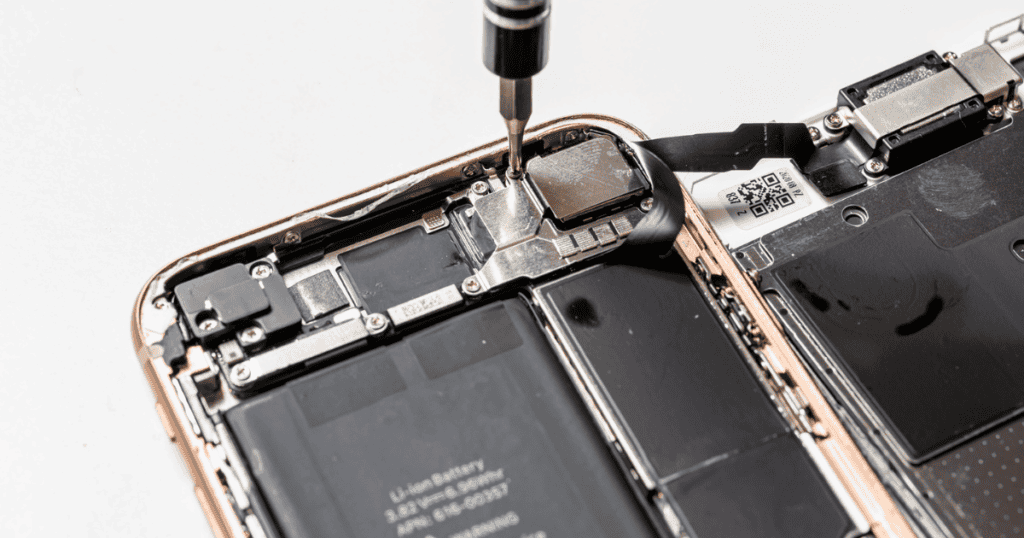The mobile landscape was rocked on September 30, 2024, when Verizon experienced a widespread outage, affecting more than 100,000 users across the United States. The incident primarily impacted iPhone users, with many reporting that their devices were stuck in SOS mode, limiting their ability to make routine calls or send texts. This event not only disrupted personal and professional communications but also raised concerns about the reliability of mobile networks, particularly during emergencies. In the digital age, dependable connectivity is crucial, and the recent Verizon outage emphasizes the need for telecom providers to fortify their infrastructure against similar future disruptions.
The Timeline of the Outage
- Start of Outage: The first signs of trouble emerged around 9:30 a.m. ET, with users in major metropolitan areas such as New York, Los Angeles, and Chicago experiencing connectivity issues.
- Peak Impact: By 11:30 a.m., DownDetector recorded over 100,000 reports of disrupted services, primarily affecting iPhone users.
- Affected Users: Many users found their devices locked in SOS mode, where only emergency calls were possible, severely limiting routine communication.
Areas Impacted by the Outage
The outage was not isolated to one region but spanned both urban and rural areas. Cities like:
- New York City
- Los Angeles
- Chicago
reported the heaviest concentration of issues. However, smaller towns and rural communities also experienced connectivity problems. The far-reaching nature of the outage underscores the critical reliance on mobile networks in daily life, regardless of geography.
Customer Reactions and Response
Frustration grew as users took to social media platforms, expressing their dissatisfaction with Verizon’s service interruption. Over 100,000 complaints were logged on DownDetector by midday, as users were unable to perform basic tasks such as making phone calls or sending text messages. Particularly troubling was the fact that many iPhone users were left in a vulnerable position, with their phones stuck in SOS mode. The reliance on mobile services for both personal safety and professional obligations exacerbated the impact of the outage.
Verizon’s Response
Verizon quickly acknowledged the outage and indicated that their engineering team was working around the clock to resolve the issue. However, the company’s response, while prompt, left many users demanding more transparency and clearer communication regarding the root cause of the problem.
To mitigate customer concerns, Verizon opened up customer service channels for support and updated users on social media. Nonetheless, for many, the response fell short, particularly in densely populated areas where mobile connectivity is paramount.
Implications for Mobile Network Reliability
The September 30 outage exposed vulnerabilities within Verizon’s infrastructure and raised broader questions about the reliability of mobile networks, particularly during emergencies. Mobile service providers must recognize that any disruption, no matter how short, can have far-reaching consequences. For instance:
- Safety Concerns: The outage restricted iPhone users to SOS mode, limiting their ability to call non-emergency contacts, which could pose serious risks in certain situations.
- Business Impact: Professionals who rely on their mobile phones for work-related communications found themselves unable to meet obligations, resulting in missed deadlines and other operational disruptions.
Steps to Mitigate Future Outages
To prevent a recurrence of similar outages, several measures must be taken:
- Redundancy in Network Infrastructure: Verizon and other telecom providers should invest in building redundant systems that can provide backup during network failures.
- Capacity Upgrades: Mobile networks, especially in high-density areas, need enhanced capacity to handle sudden surges in usage, which can overload systems.
- Regular Software Testing: Providers should implement routine testing of software systems to identify potential bugs or vulnerabilities that could trigger outages.
- Improved Emergency Communication: A more robust system of communicating with customers during an outage could alleviate frustration and keep users informed about progress in real-time.
- Faster Incident Response: Reducing the time taken to detect and resolve network issues is crucial. Ensuring prompt troubleshooting and transparent updates to users is essential to maintaining trust.
The Role of Users in a Network Outage
While much of the responsibility lies with the service provider, users can also play a role in mitigating the impact of network disruptions:
- Enable WiFi Calling: If available, WiFi calling can offer an alternative when mobile service is down.
- Keep a Backup Plan: Having secondary communication options, such as VoIP apps or a second mobile carrier, may provide a safety net during outages.
- Report Issues Promptly: Users should report outages as soon as they occur, allowing telecom providers to track and address the scope of the problem quickly.
MacReview’s Take
The Verizon outage of September 30, 2024, served as a wake-up call for the telecommunications industry. The scale of the disruption, affecting over 100,000 users, highlighted the critical role that mobile networks play in daily life. To ensure that such widespread service disruptions do not happen again, telecom providers must invest in their infrastructure, enhance their emergency response systems, and provide transparent communication during outages.
Network reliability is not merely a convenience but a necessity in an increasingly interconnected world. As mobile services continue to evolve, ensuring seamless and dependable connectivity should remain the top priority for telecom providers.




